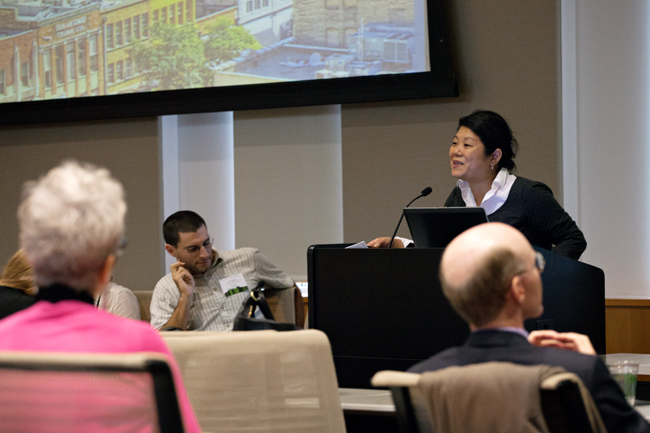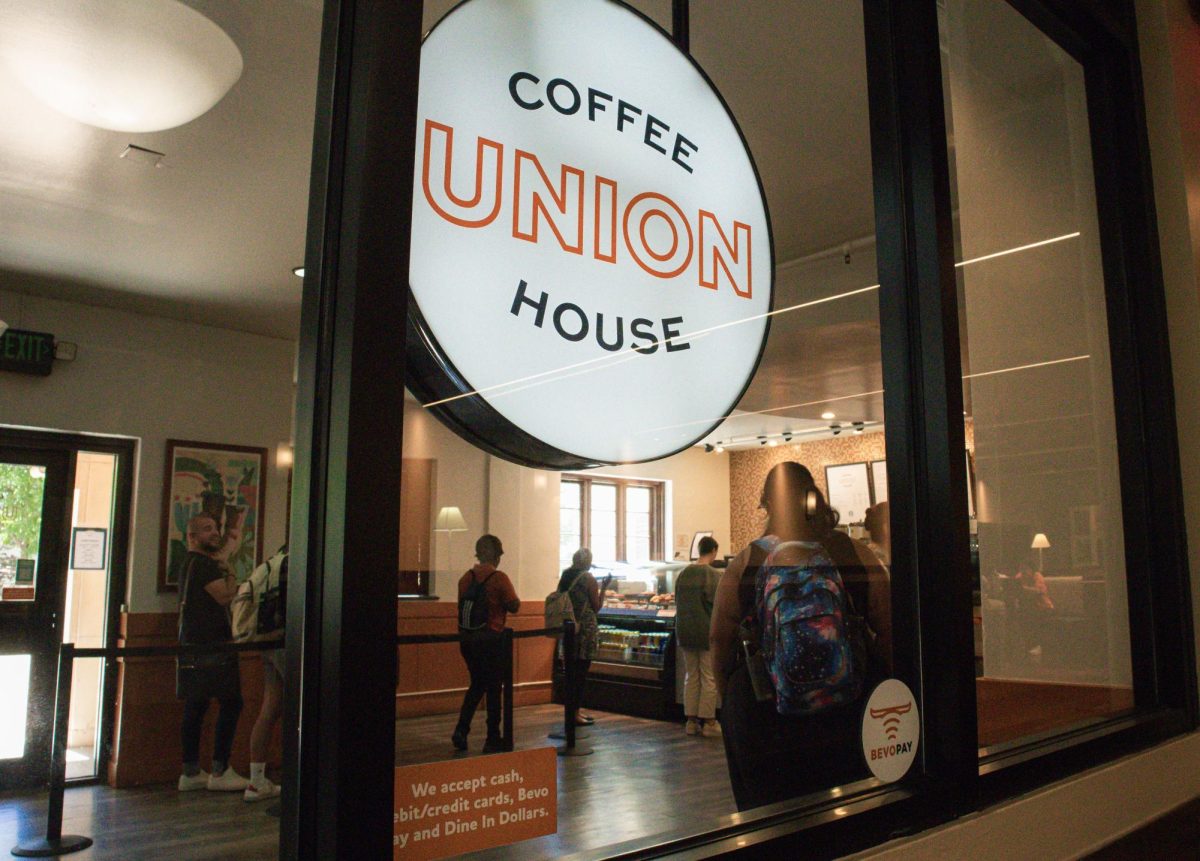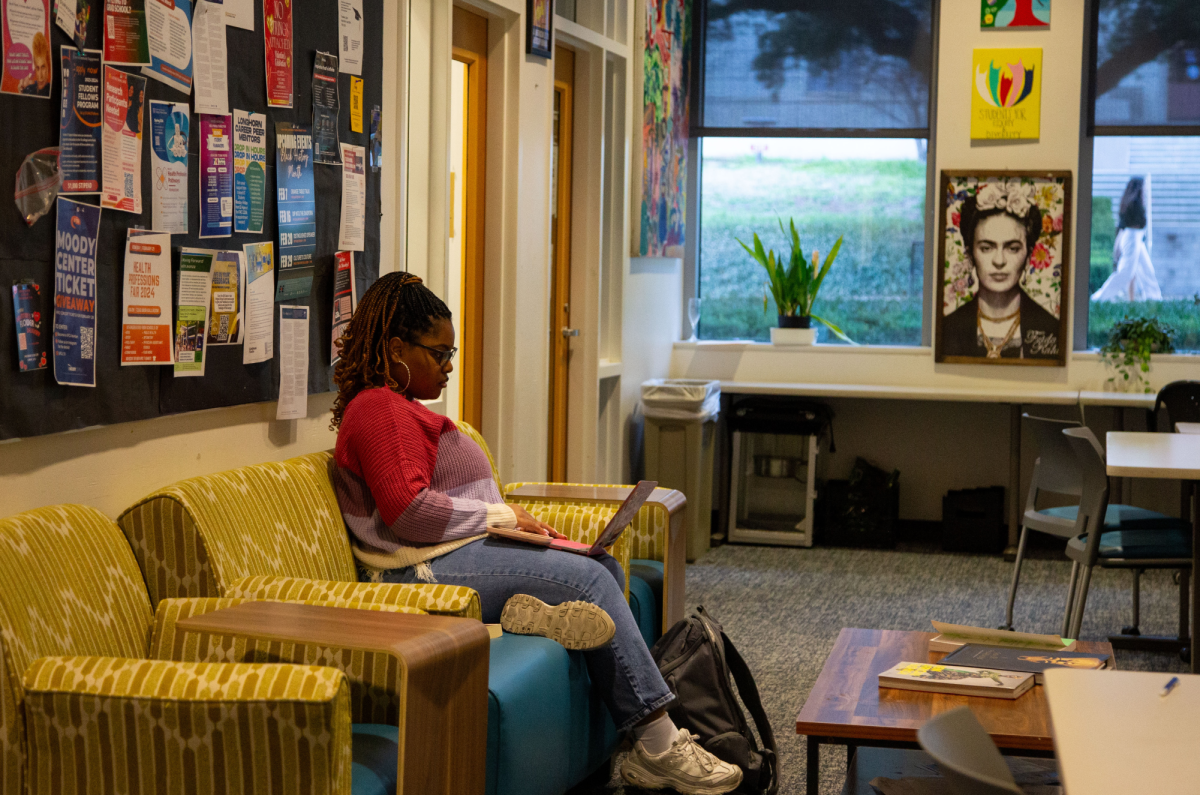As progress continues toward the creation of the Dell Medical District, sustainability and atmosphere are at the forefront of architects’ and landscapers’ minds. These goals were the focus of the fourth annual Sustainability Symposium hosted by the University on Friday.
Construction on the medical district will begin in spring 2014. Architects plan to focus on water preservation and natural light as main features of the design — to better the environment but also for the benefit of the patients.
The first phase of construction includes realigning portions of Red River Street to make room for medical facilities.
Construction might include the removal of the Frank Erwin Center, though such steps would not be taken immediately. The UT System Board of Regents approved $344.5 million for construction at a May meeting.
Anthony Fox, Sasaki Associates landscape architect and urban designer, said another important aspect is the overall flow of the landscapes and the campus’ building design.
“In many ways, [the medical district] serves as a gateway and threshold to the campus,” Fox said. “[The land also serves as] a transition from the urban engineered landscape to the more softer collegial landscape and mixed within all that is the sort of wild of Waller Creek.”
Sasaki plans to design an open space with interconnecting walkways. Fox presented possible solutions for rehabilitating the Waller Creek area within the future medical district, such as clearing out excessive undergrowth.
Long-term goals and gains in sustainability will dictate the final design of the architecture, according to Page Southerland Page architect Brian Roeder. He said potential measures for lowering energy costs because of exposure to the sun include several exterior solutions such as vertical window fins, horizontal shades, window projections and recessed or projected window pods.
Seton Healthcare Family’s presentation focused on the need for sustainability in health care by using holistic healing concepts of light, water and green spaces.
“These concepts [of sustainability] are deeply rooted in health care and in Seton’s mission and in history,” Seton Healthcare representative David Shackelford said. “In fact, there’s a Hippocratic Oath which says, ‘First, do no harm.’ And that not only translates into our operations but also into the development of our facilities.”
Jim Walker, the University’s director of sustainability, spoke about the effect the district’s completion will have on the University’s long-term campus master plan. Walker said future master plans will be more likely to take a similar approach if long-term sustainability goals are met.





















